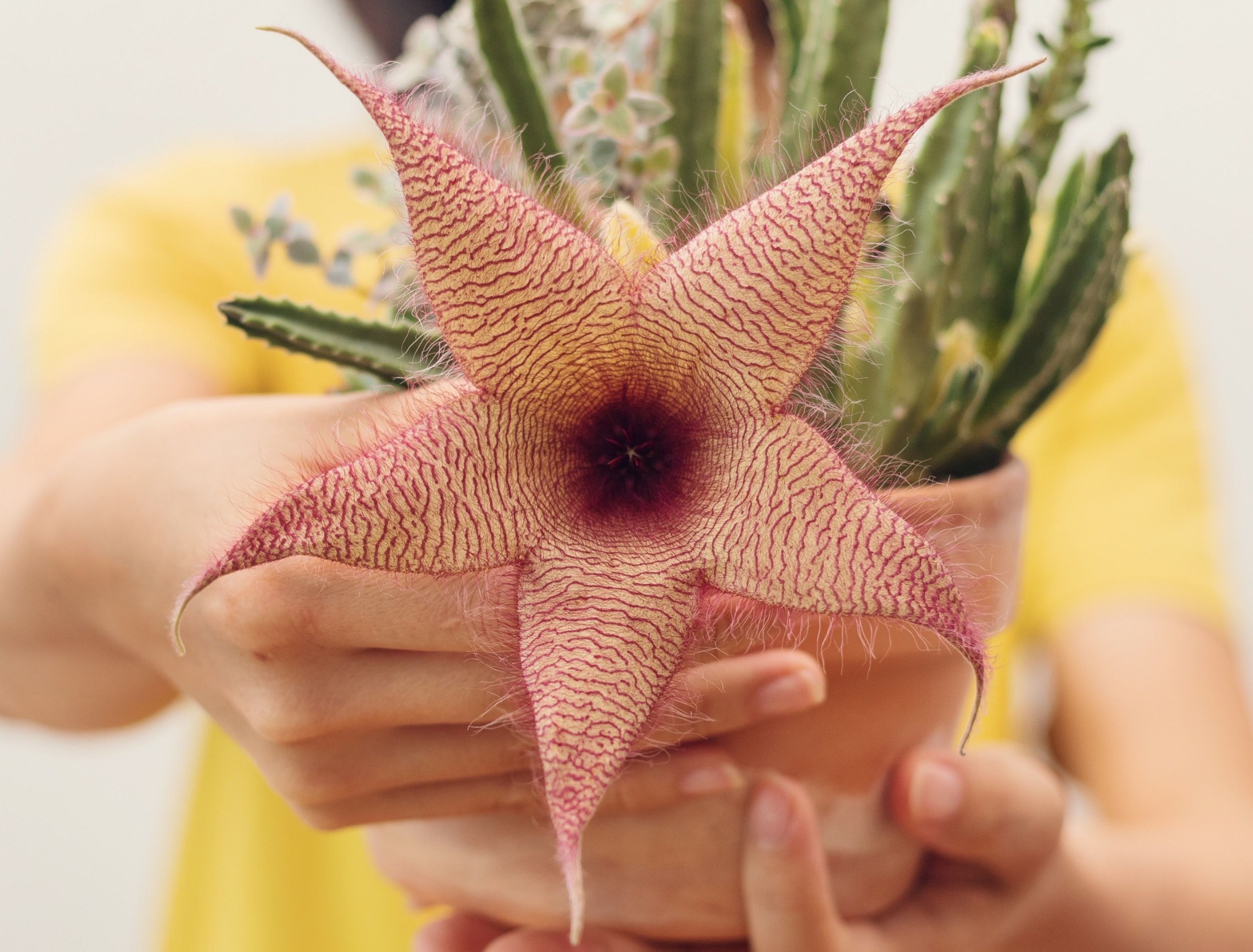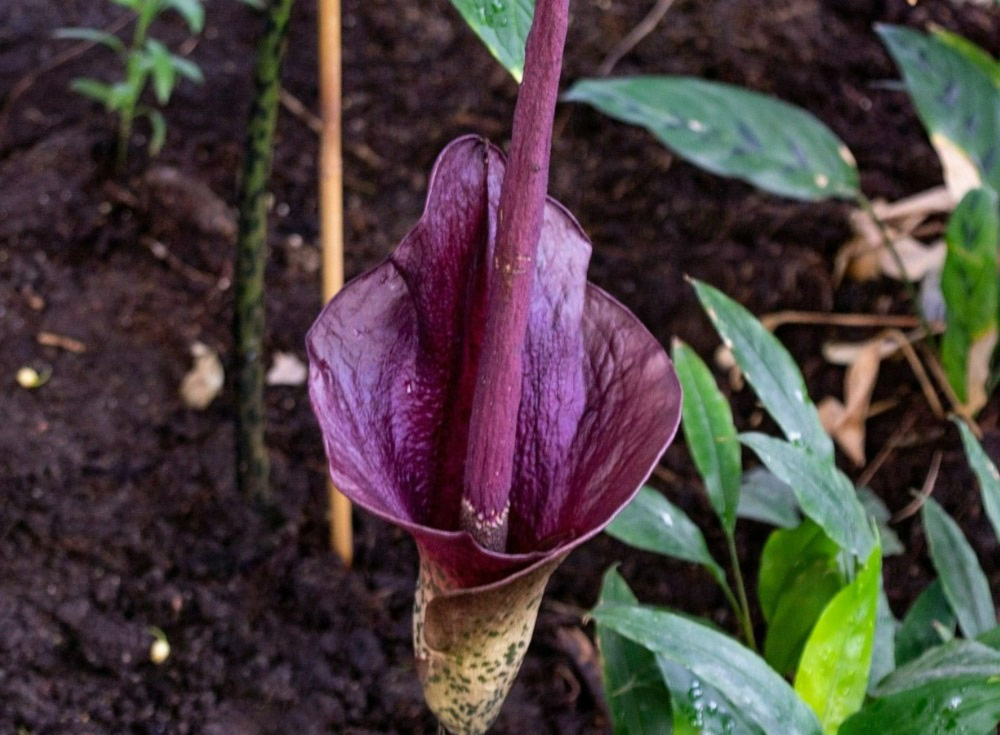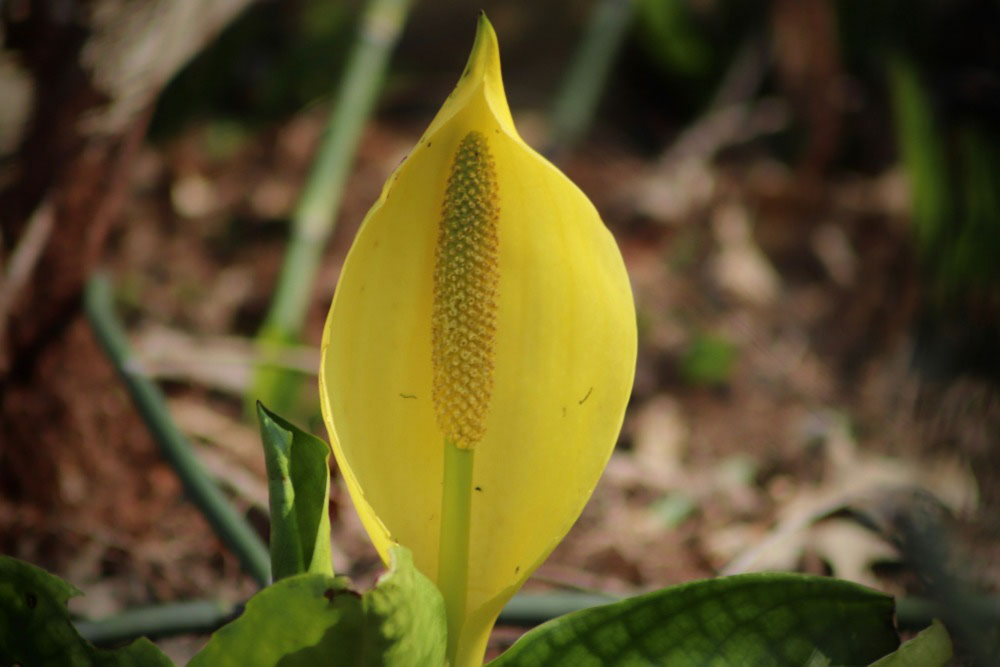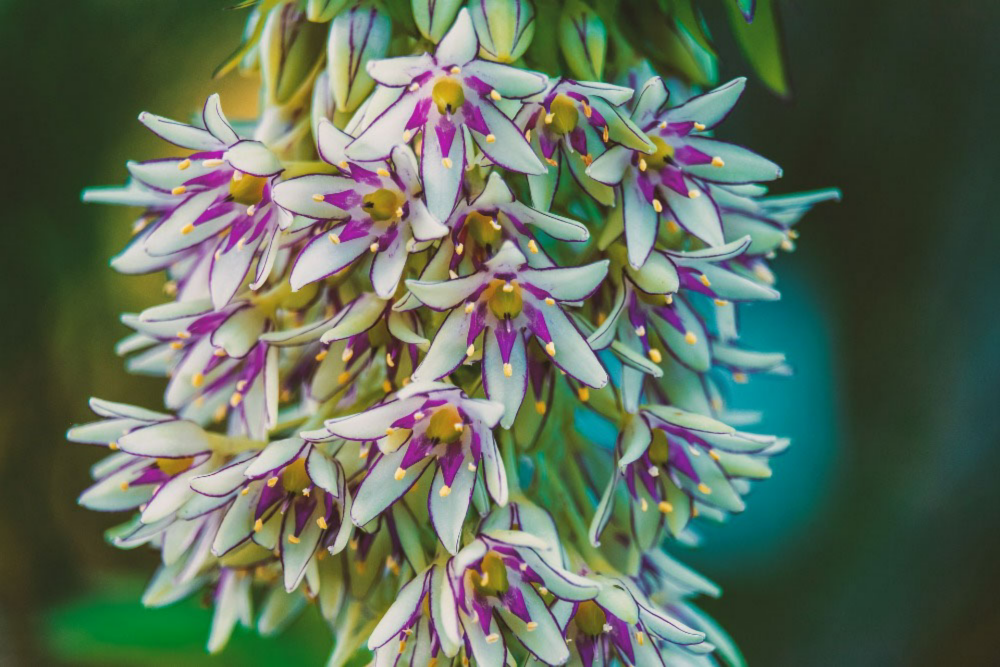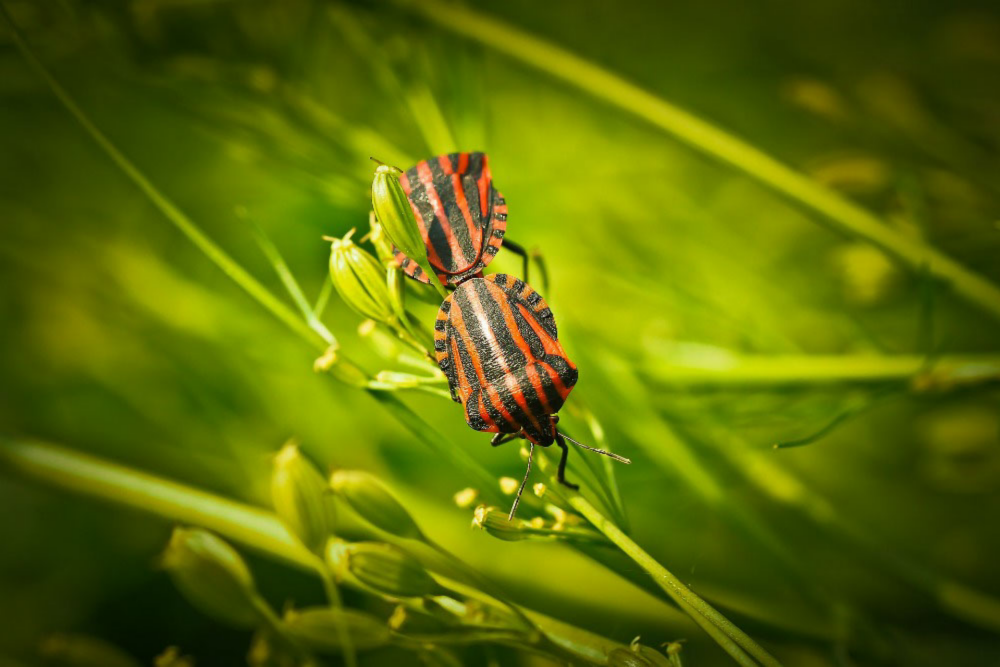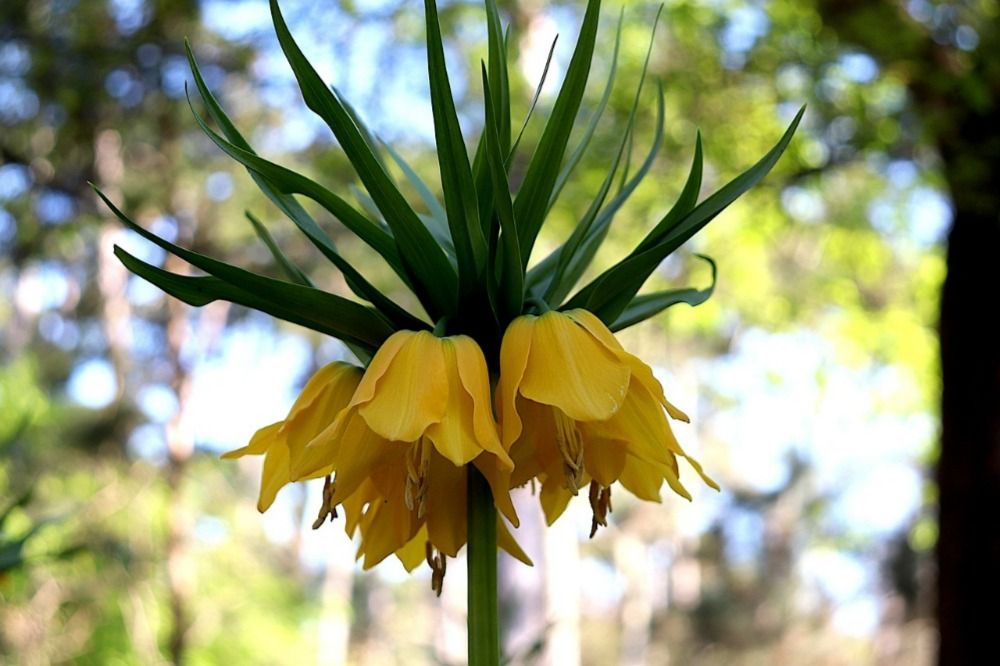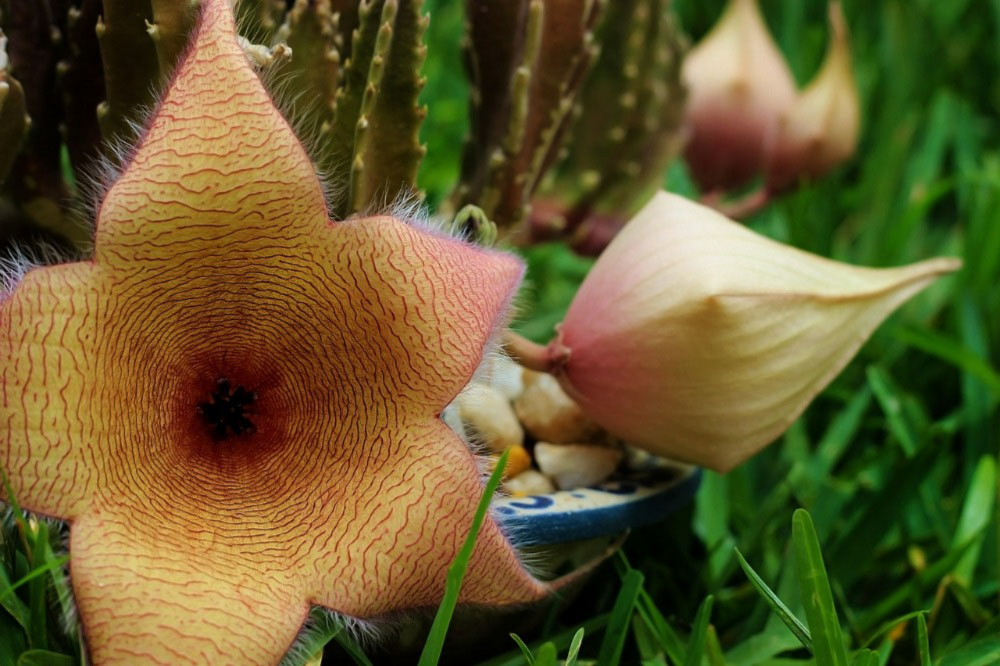One of the joys of choosing plants for your garden is when the blooming season begins. The fragrant smells of different flowers fill the air with perfume. But what if some of your plants emit noxious odors instead? It won't be pleasant when your friends or guests take a stroll in your garden, and they may not come back for a second visit if you fill it with stinky plants.
Learn all about six stinky plants you will not want in your garden and some care tips for those who decide to brave the stench.
Corpse Flower
Image credits: pundapanda Erik_Lyngsoe via Pixabay
Native to Sumatra and aptly named, the corpse flower belongs to the Aroid family of plants. This flower resembles raw meat and emits a sulfur-smelling composite similar to dead rotting animals. Its scent attracts pollinators like carrion flies and beetles that may think it's a carcass and choose the plant as a place to lay their eggs. Besides using its "fragrance" as a form of communication to attract pollinators, the smell also repels any predators.
The curled-up center leaf of this giant unfolds into an umbrella-like spathe for roughly three weeks. It can grow up to 10 feet tall and blooms only every two to 10 years. The leaf only lasts for six to 12 hours, and the corpse flower for a mere 24 hours. That's when the rancid smell is at its most overpowering.
Skunk Cabbage
Image credits: Nennieinszweidrei via Pixabay
Another stinker to add to the list is skunk cabbage (Lysichiton americanus). This plant is less of a worry if you don't live near a wetland. It grows in woodlands, swamps, bogs, and near streams. Despite the beautiful yellow center resembling a peace lily, this plant smells terrible.
The odor of skunk cabbage is similar to that of a skunk and becomes more concentrated when the plant is injured. The funky smell attracts pollinators and keeps mammals away.
Skunk cabbage flowers bloom in spring and summer; however, the plant produces its own heat during winter. The buds can warm up to 70 degrees Fahrenheit as the skunk cabbage melts its way through the snow.
Pineapple Lily
Image credits: Nicky Pe via Pixabay
Deceivingly beautiful, this plant kicks up a stink. Grown from a bulb, the plant has a thick stalk and pretty star-like petals resembling the top of a pineapple.
These lilies have an unpleasant sulfurous smell that lures pollinators like flies and bees. Pineapple lily blooms from summer to fall in sunny conditions with rich, well-draining soil.
Smooth Carrion Flower
Image credits: 652234 via Pixabay
The carrion flower is an erect, vining plant with wide heart-shaped leaves. Its small groups of greenish-yellow flowers smell vile, making it an unpopular choice for your garden. The flowers smell of rotten meat and 'dead rats.' Carrion flies are pollinators that lay their eggs on the flowers. This plant is also popular with the carrion beetle.
The flower is hardy and blooms at the end of spring and the beginning of summer. It needs good drainage and adequate moisture to grow but is not particular on light and soil requirements.
Although the leaves of the flowers entice deer and rabbits, this plant is not for the faint of heart or your garden.
Crown Imperial Flower
Image credits: Gaimard via Pixabay
The crown imperial flower is sometimes called the 'stink bell.' They are planted as bulbs and have attractive yellow or orange flowers. But don't be fooled by its colorful foliage. Every part of this plant has a musty skunk odor, so unless you want a garden aroma of smelly animals, stay away from this one.
The plant prefers full sun and some afternoon shade, growing best in deep, moist, and rich soil.
Starfish Flower
Image credits: Lernestorod via Pixabay
Stay away from this one, even if you are a succulent lover. Also known as carrion cacti, starfish flowers (Stapelia gigantea) are spineless succulents with colorful star-shaped flowers that have fringes of hair. They have five yellow petals decorated with thin red horizontal stripes and a deep red center.
The starfish flower smells like ripe road kill or rotting meat, and its dark center looks like an open wound. This plant attracts pesky flies and beetles. In return, the starfish flower receives nutrients from the roaming insects.
The flower blooms on leafless stems with outstretched petals in late summer and early fall. They tend to grow in dry and rocky areas.
Stinky Plants to Keep at Bay
The above plants are not ones to populate your garden with, thanks to their foul-smelling odors. The pollinators they attract -- flies and beetles -- are not even particularly alluring. Although colorful and unique in shape, avoid these plants and opt for more fragrant choices for your garden. Your friends and family will thank you for it.
Do you have any tips or tricks on stinky garden plants? If so, please share in the comment field below.

